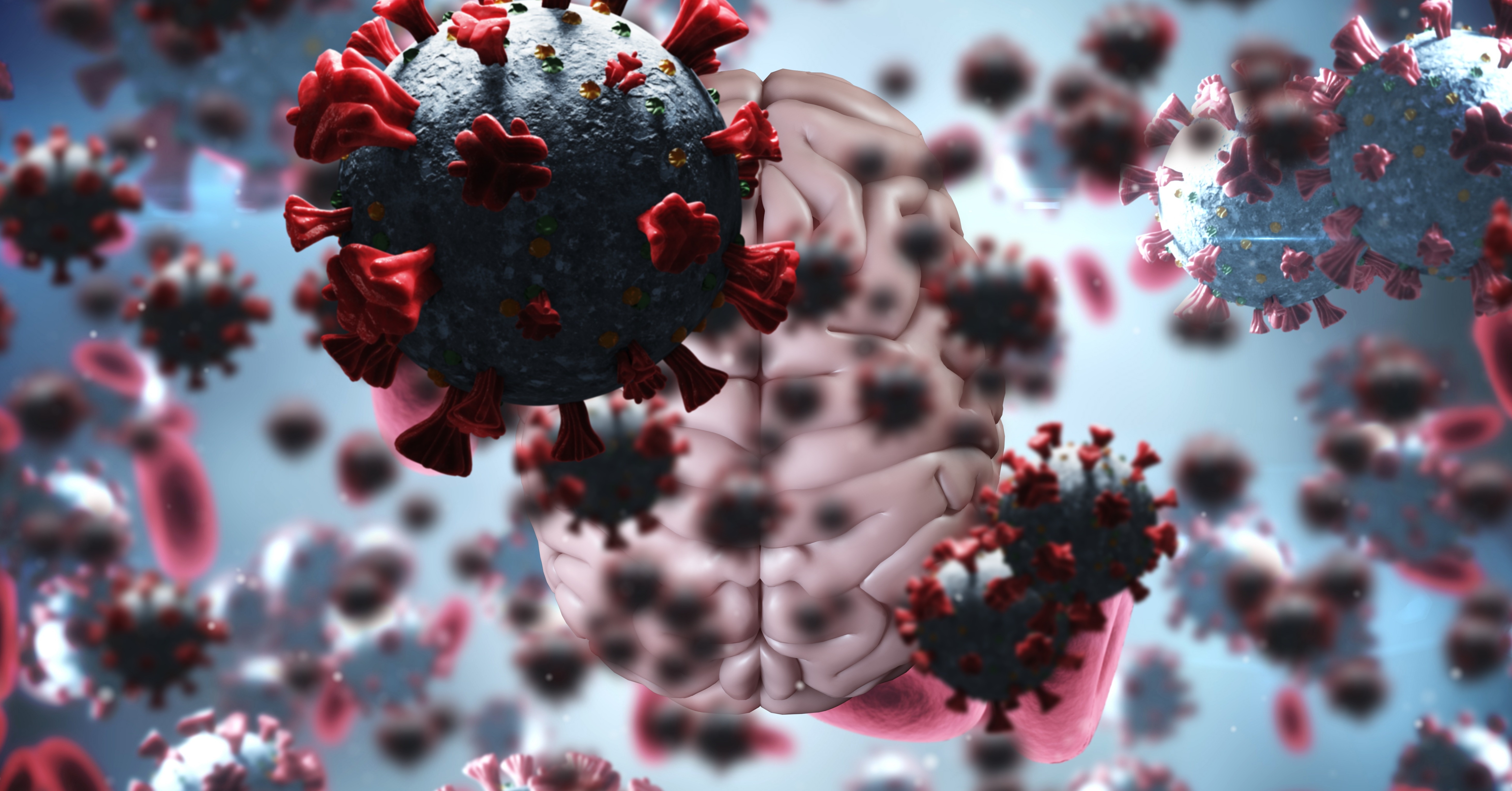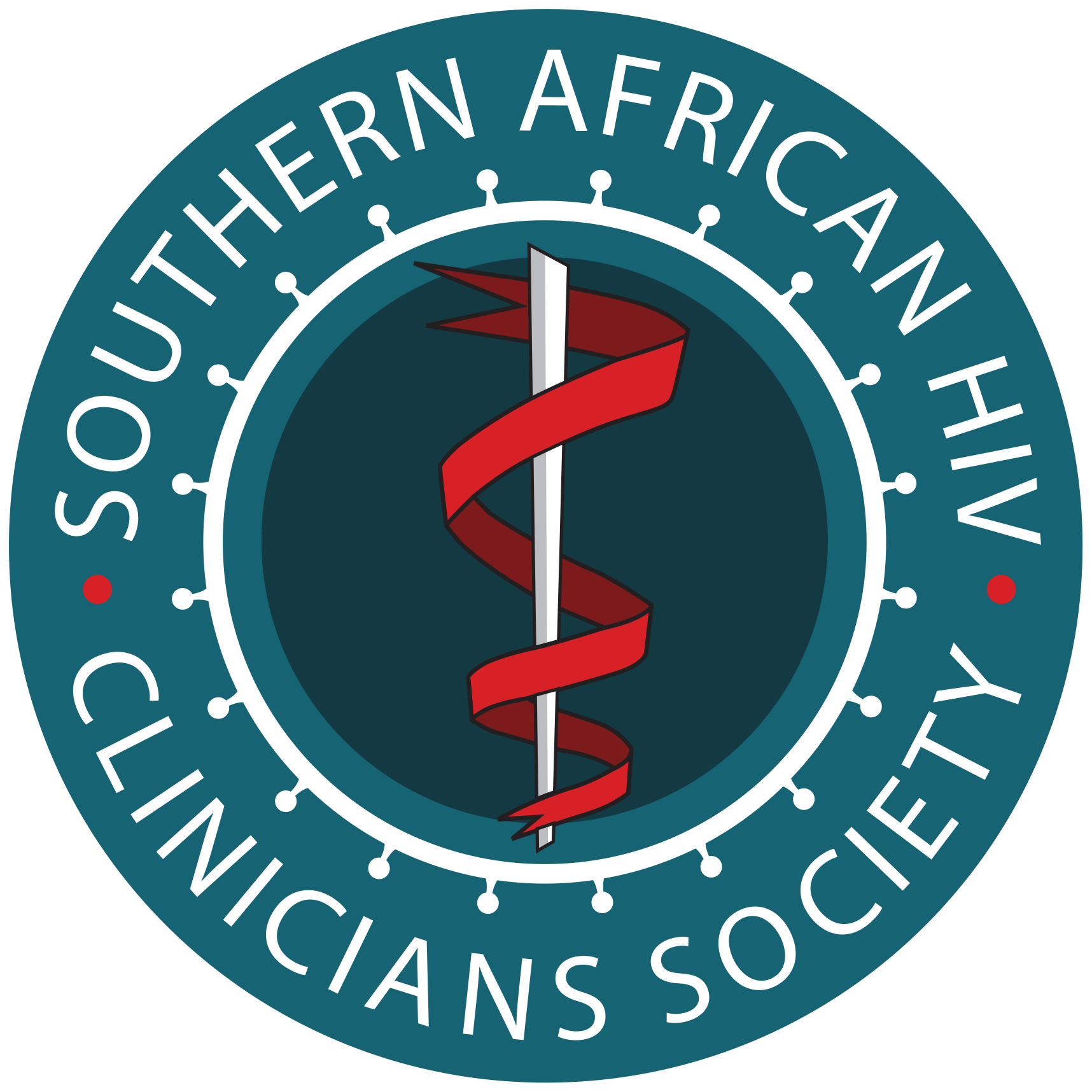ART Guidelines
References

 Key points
Key points - The use of appropriate prophylaxis (primary or secondary) is an essential part of HIV care.
- The three most essential forms of prophylaxis and pre-emptive treatment to consider are cotrimoxazole prophylaxis, TB preventative treatment, and pre-emptive cryptococcal treatment for patients with a positive serum cryptococcal antigen (if cryptococcal meningitis has been ruled out).
- Local and international guidelines should be consulted for both asymptomatic and symptomatic patients.
Prophylactic cotrimoxazole (CTX) is indicated for HIV-positive patients with a CD4+ count < 200 cells/μL, or with WHO stage 3 or 4 conditions (including TB). CTX offers protection against Pneumocystis jirovecii, toxoplasmosis, isosporiasis and certain bacterial infections. The recommended dose is 160/800 mg daily. Patients who develop a hypersensitivity reaction to CTX can be given dapsone instead, although this is best avoided if the reaction to CTX was life-threatening. CTX can be discontinued once the patient’s CD4+ count is > 200 cells/μL.
CTX is a common cause of cutaneous and systemic hypersensitivity reactions, indistinguishable from hypersensitivity reactions to ART drugs. CTX should be interrupted when treating mild suspected NNRTI cutaneous hypersensitivity rashes, and permanently discontinued if severe hypersensitivity reactions occur. If CTX is prescribed for secondary prophylaxis or used for primary prophylaxis in those with severe immunosuppression, then an alternative should be substituted.

Common pitfall: Prescribing CTX for newly diagnosed HIV-positive patients with a CD4+ count > 200 cells/µL.
 Key points
Key points - Cryptococcal antigen (CrAg) screening should be done for all patients with a CD4+ count < 200 cells /µL who are initiating or re-initiating ART.
- Reflex laboratory screening is the preferred approach in South Africa.
- Lumbar puncture (LP) is recommended for all patients with a new positive CrAg screening test.
Screening for subclinical cryptococcal disease has been shown to have a benefit in reducing mortality in HIVpositive patients with a CD4+ count < 200 cells/µL. It is recommended that HIV-positive adults and adolescents (≥ 10 years) with a CD4+ count < 200 cells/µL be screened for cryptococcal antigenaemia (CrAg) on serum or plasma by reflex laboratory testing (preferred) or clinician-initiated testing. If clinician-initiated testing is performed, then it is recommended that screening should be restricted to patients without prior cryptococcal disease who are initiating or re-initiating ART. For patients with a new positive CrAg result and a LP that excludes the diagnosis of CM, oral fluconazole alone as induction therapy should be given (1200 mg daily for 2 weeks). In these patients with a negative CSF CrAg result, ART can be started immediately with fluconazole. Patients diagnosed with CM should be managed as per the latest Southern African HIV Clinicians’ Society guideline for the prevention, diagnosis and management of cryptococcal disease among HIV-infected persons: 2019 update.

Common pitfall: Not performing an LP in all patients who are newly diagnosed as CrAg positive. The absence of any symptoms of meningitis does not exclude CM; approximately one in three patients with asymptomatic antigenaemia have concurrent CM.
 Key points
Key points - Tuberculosis preventive therapy (TPT) should be started at ART initiation or added to the treatment regimen of patients already on ART who have not yet received TPT, once active TB disease has been excluded.
- There is no need to test for latent TB prior to commencing TPT.
- TPT can be administered in the form of 12 months of isoniazid (“12H”), 3 months of weekly isoniazid and rifapentine (“3HP”), or 1 month of daily isoniazid and rifapentine (“1HP”), all given with pyridoxine for the duration of the TPT. These three options appear equally efficacious, but the shorter regimens are associated with a slightly lower incidence of hepatotoxicity than 12H.
- TPT is recommended for pregnant women, but as 3HP and 1HP have not been adequately studied in pregnancy, pregnant women should take 12H instead.
Clinical trials have shown that tuberculosis preventive therapy (TPT) has an additive effect with ART in preventing incident TB in patients with HIV. 132, 133 In a South African trial, there was a 37% reduction in incident TB when patients receiving ART were prescribed IPT (vs. placebo) for 12 months. 132 This benefit applied irrespective of tuberculin skin test (TST) status, and the trial included patients established on ART.
Newer alternative but more costly regimens for TPT consist of the combination of rifapentine and isoniazid. These have the benefit that they can be administered for much shorter durations. 3HP and 1HP are shorter duration regimens for TPT that contain rifapentine in addition to isoniazid. 3HP is given for 3 months in weekly doses (12 doses) and 1HP is given for 1 month in daily dosing. Both 3HP 134 and 1HP 135 13 are non-inferior to IPT in terms of preventing TB, and the shorter regimens may provide a benefit in terms of treatment completion and hepatotoxicity. Rifapentine, just like rifampicin is a potent liver enzyme inducer and therefore concomitant use can result in drug-drug interactions. A pharmacokinetic study of the effect of rifapentine on dolutegravir did not justify the need for dose-adjustment when using it weekly in patients who were suppressed at the time of the start of dolutegravir start.136
The ACTG A5372 trial showed that DTG needs to be given twice daily for 28 days if co-administered with rifapentine. 137 Rifapentine also affects the metabolism of common ARV drugs most affected by CYP induction such as all protease inhibitors (PIs) including LPV/r, and some non-nucleoside reverse transcriptase inhibitors (NNRTIs), including nevirapine.138
All patients receiving ART should be considered for TPT after having been screened for active TB using a symptom screen, urine LAM, sputum GXP and/or chest X-ray where appropriate (see 2023 National Guidelines for more information).139 In patients receiving TPT, monitoring for neuropathy and hepatitis symptoms should be performed. Routine ALT monitoring is not indicated, but ALT should be tested if hepatitis symptoms occur. Patients receiving a long course of isoniazid should receive pyridoxine (vitamin B6) concurrently.
There is conflicting data as to the safety of isoniazid prophylaxis in pregnancy. A trial of IPT in pregnant women receiving ART, the TB APPRISE study, showed that IPT resulted in worse pregnancy outcomes. 140
However, this was not confirmed in a larger observational studies, including one from the Western Cape, which showed that IPT use was associated with better pregnancy outcomes, and that incident TB was reduced in women on IPT who had CD4 counts < 350 cells/l. 141 Current WHO and South African National Department of Health guidelines recommend 12H for pregnant women living with HIV, regardless of CD4 count. Studies are underway to determine the safety of rifapentine in pregnancy, with preliminary data showing no need for dose adjustment in pregnancy. 142 In the interim, use of rifapentine is not recommended in pregnancy, and thus 12H is the only regimen recommended for pregnant women.
The 2023 South African national guidelines for the treatment of TB infection in people living with HIV are summarised in Table 27. The full guideline should be consulted for further guidance (see here).
| Table 27: Recommended regimens for people living with HIV | |||
| Scenario | Recommended regimen for adults >50kg | ||
|---|---|---|---|
| Initiating DTG-based ART | 12H: isoniazid 300mg daily for 12 months | ||
| On DTG-based ART but viral load not suppressed | 12H: isoniazid 300mg daily for 12 months | ||
| On ART (any regimen) and virally suppressed | 3HP: rifapentine 900mg weekly + isoniazid 900mg weekly for 12 weeks | ||
| Pregnant women | 12H: isoniazid 300mg daily for 12 months | ||

